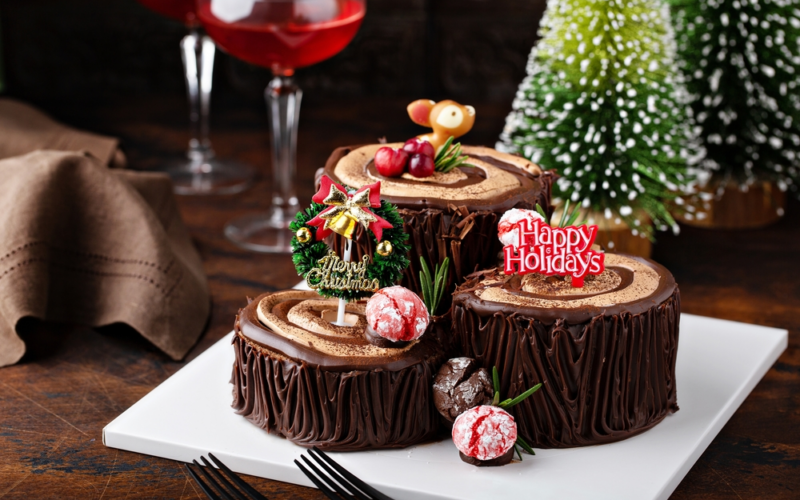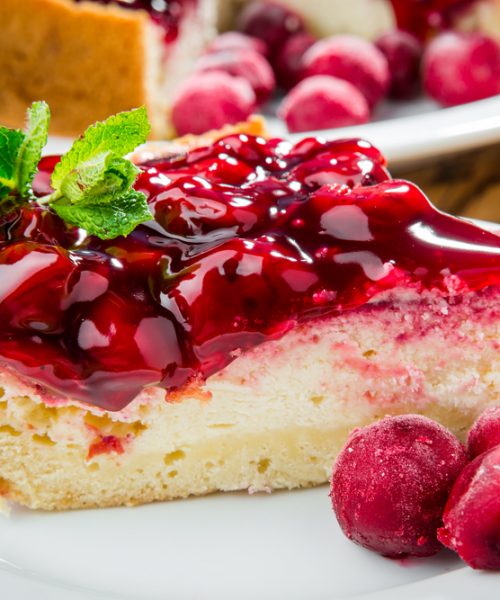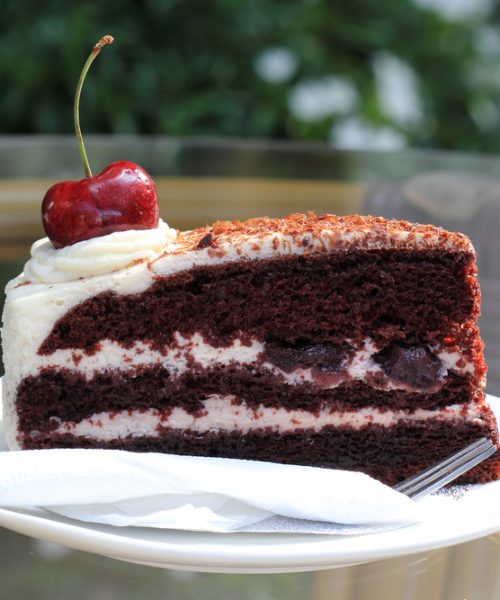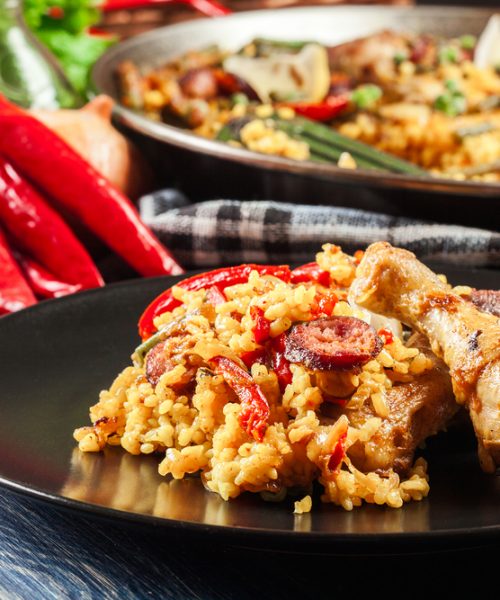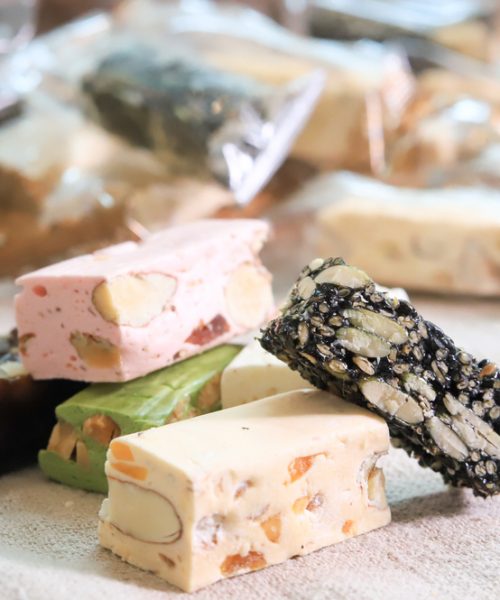Troy Warren for CNT #Celebrations
WINTER SOLSTICE BRINGS YULE
On the arrival of the Winter Solstice, we observe Yule.
Also known as Jul, Yule predates the Christmas holiday by thousands of years. Linguists debate the origin of the word Yule. Some suggest the word is derived from “Iul,” the Anglo-Saxon word for wheel. This makes a connection to a Celtic calendar, the Wheel of the Year. However, in the Norse culture, “Jul” refers to the god, Odin. Odin was celebrated during Yule as well.
Yule celebrations included bonfires, decorating with holly, mistletoe, and the boughs of evergreen trees, ritual sacrifices, feasts, and gift-giving.
Many Christmas Traditions Borrowed From Yule
Many of the traditions we use at Christmastime were borrowed from Yule traditions of old. Whether they are from myths, feasts, folklore, ancient beliefs, oral stories told, or festivals, we have woven them into the fabric of our modern-day customs. Do you recognize any Christmas traditions borrowed from Yule?
- The midwinter feast usually lasted 12 days.
- Vikings decorated evergreen trees with gifts such as food, carvings, and food for the tree spirits to encourage them to return in the spring.
- Mistletoe combined with a mother’s tears resurrected her son, the God of Light and Goodness, in a Viking myth. The Celts believe Mistletoe possessed healing powers as well and would ward off evil spirits.
- In Norse tradition, Old Man Winter visited homes to join the festivities. The Viking god, Odin was described as a wanderer with a long white beard and is considered the first Father Christmas.
- Viking children left their shoes out by the hearth on the eve of the winter solstice with sugar and hay for Odin’s eight-legged horse, Sleipnir.
- Children traipsed from house to house with gifts of apples and oranges spiked with cloves and resting in baskets lined with evergreen boughs.
- The Yule log was a whole tree meant to be burned for 12 days in the hearth. The Celts believed the sun stood still during the winter solstice. They thought by keeping the Yule log burning for these 12 days encouraged the sun to move, making the days longer. The largest end would be fed into the hearth, wine poured over it. They lit it with the remains of the previous year’s Yule log. Everyone took turns feeding the length of timber into the fire as it burned. Letting it burn out would bring bad luck.
HOW TO OBSERVE #Yule
Share your observations, stories, and traditions related to the holiday. Examine your holiday traditions and compare them to those of yuletide. Where do they cross and blend? Explore the history and lore of Yule. Read Yule: A Celebration of Light and Warmth by Dorothy Morrison for more insight.
Share other traditions we missed and use #Yule to post on social media.
YULE HISTORY
While we observe the winter solstice around the world, Germanic cultures of northern and western Europe primarily celebrated Yule. At the midpoint of winter, they celebrated the rebirth of the sun and the light it would bring to the Earth.
In Other NEWS


























